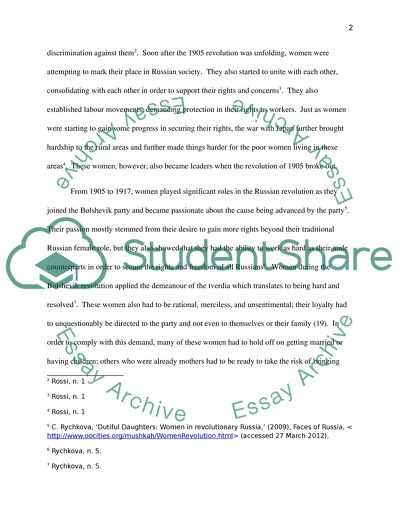Cite this document
(“Was There a Place for Women in Russian Revolutionary Movements Essay”, n.d.)
Was There a Place for Women in Russian Revolutionary Movements Essay. Retrieved from https://studentshare.org/history/1446232-was-there-a-place-for-women-in-russian
Was There a Place for Women in Russian Revolutionary Movements Essay. Retrieved from https://studentshare.org/history/1446232-was-there-a-place-for-women-in-russian
(Was There a Place for Women in Russian Revolutionary Movements Essay)
Was There a Place for Women in Russian Revolutionary Movements Essay. https://studentshare.org/history/1446232-was-there-a-place-for-women-in-russian.
Was There a Place for Women in Russian Revolutionary Movements Essay. https://studentshare.org/history/1446232-was-there-a-place-for-women-in-russian.
“Was There a Place for Women in Russian Revolutionary Movements Essay”, n.d. https://studentshare.org/history/1446232-was-there-a-place-for-women-in-russian.


